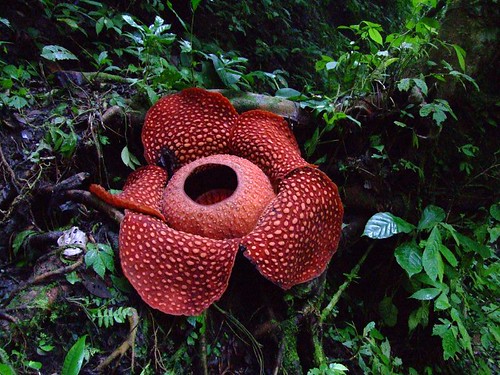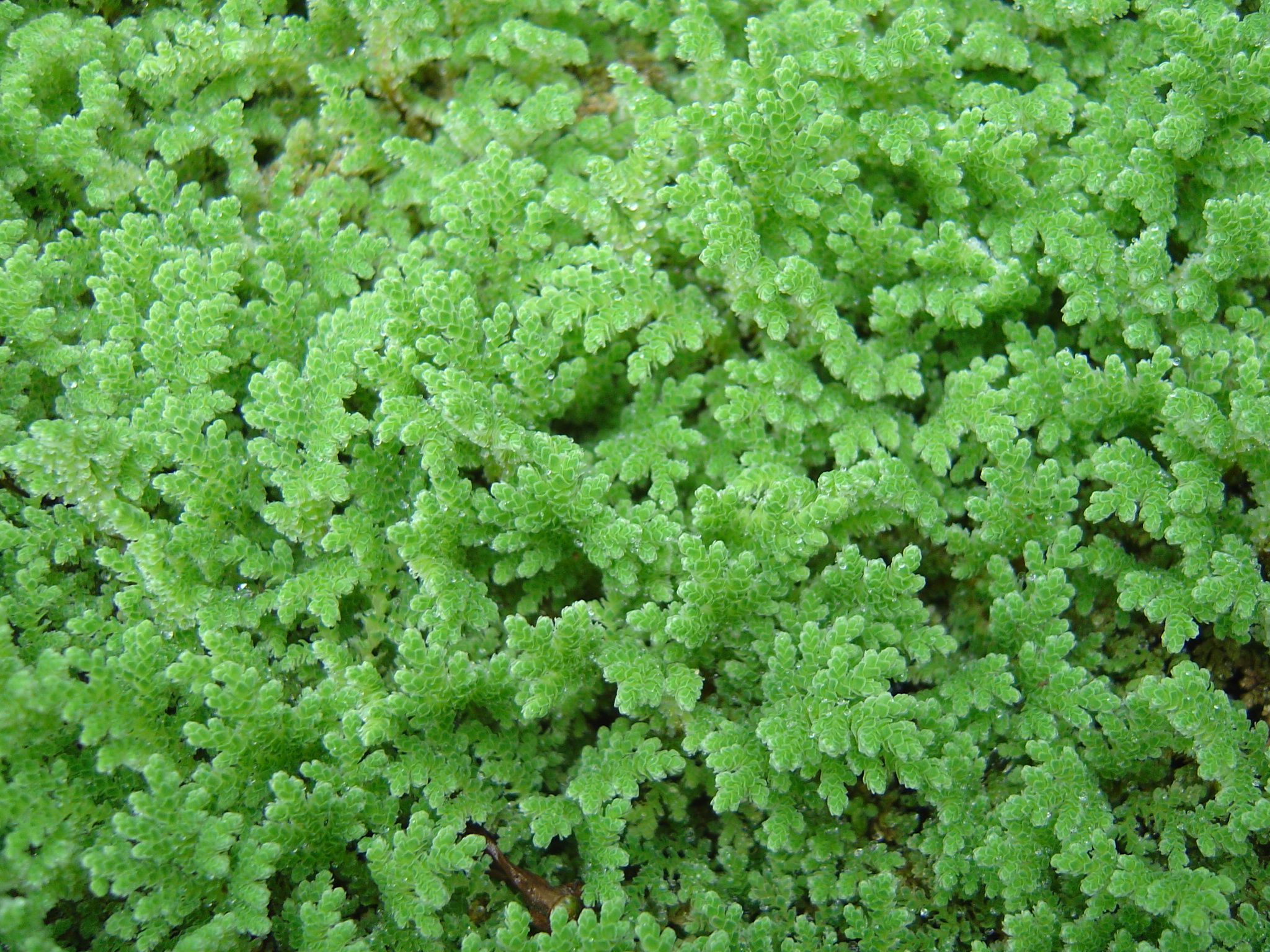
In the garden of your house is the undisputed star of vegetation. However, more and more people opt to install a small pond where water and nature are founded to offer a unique landscape of unique beauty. Besides decorating, the water will cool the atmosphere of your little garden.
In this report we suggest building your own water space. This is a simple task that you perform yourself without spending large sums of money. Follow the steps below and we provide you with in a short time you can have a small pond at home.
Preliminary considerations
Before you go out to work will have to organize their work. Take pen and paper and draw your garden located and where appropriate, each of the plants that live there. Then, says the area occupied by the pond and within that outlines how to take the raft.
Once ready, you must purchase the necessary materials:
* Rope, the measure will be somewhat greater than the perimeter you thought for your pond.
* Pala.
* Manta EPDM Giscolene of Giscosa.
* Scissors.
* Irregular stones to mark the raft.
* Piquette.
* Hammer.
In your pond, as well as introducing aquatic plants, you may include some goldfish. In any case, it is important that you consider the depth. The plant requires between 20 and 25 cm. background, except the water lilies, which will require about 45 cm, while animals evolve, usually to 50 cm. surface, thus requiring 60 cm. If you're going to combine these options, various terraces have to leave that all can live and survive.
Starts work
The process will continue to develop our pond is the same used in the construction of large dams. On a smaller scale in your garden have a beautiful and original "mini lake" designed for yourself.
First, it defines the perimeter with the help of the string (note the first image). The rectangular shapes are simpler, but it all depends on your talent and your talent. Then use the shovel to dig inside (pictures 2 and 3). Recalls the need to leave if they did lack terraces. Once you've removed all the earth, removing pebbles or rocks and cover holes, the surface should be smooth and continuous.



Extends Giscolene sends rubber so that it covers the whole pond. Adapt it to the contours. It should be part of the membrane on the outside. Use stones or objects that hold weight to provisionally (picture 4). Fill the reservoir up to half, the blanket will be taking the final form, just as seen in the fifth frame. Place the plants you have chosen and ends to fill the pond. Coming to the end, cut from leftover edges Giscolene and sets the membrane to the ground with pickaxes. Finish decorating the pond perimeter bounds the stones, installing light bulbs, introduced fishes ...



Giscolene EPDM membrane of Giscosa
This material provides adaptability, flexibility and durability in building and maintaining a pond. Its use in agriculture and fish ponds, ornamental lakes, ponds and slurry alpechines, snowmaking ponds, irrigation canals and water reservoirs guarantee product quality.
The use of rubber as a core material of these insulation products has helped reservoirs installed in the 70 still in operation today and a long life ahead.
It should also be noted that the blanket Giscolene Friendly Fish is a good ally in ponds where they live aquatic species and facilitating their development and a longer life than other materials. Similarly, any Giscolene sheet has been made non-toxic, so you can live safely with animals.
The impermeable membrane can be achieved in building materials stores. In them, we will find exhibitors with different widths: the length is cut according to our needs up to 20 m. to facilitate handling and performance of work.








36.jpg)
